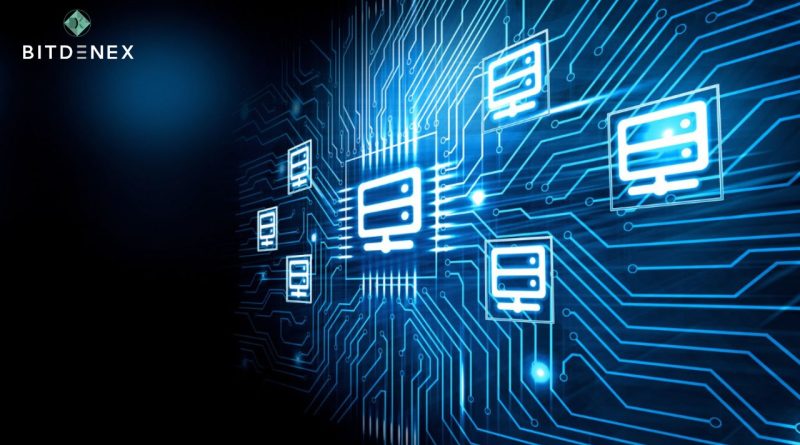Blockchain and Web3: What’s the Connection?
Introduction
In the future, digital assets could become part of Web3 – a new internet that’s expected to address the ills of today’s Web, such as the concentration of power in a few centralized social media platforms and the exploitation of personal information. Blockchains are decentralized and permissionless, thus distributing communication power rather than granting it to centralized authorities.
How is Web3 different from Web2?
It is common to refer to the evolution of the internet as three phases dubbed Web1, Web2, and Web3. During the Web1 era, users couldn’t change online data or upload content to the websites they interacted with. A simple, one-way experience, such as reading information forums, was possible with static HTML pages back then. Content consumption and simple interaction were possible with Web2. Eventually, Web2 evolved into a more interactive internet where users were more involved in creating their own content. Social media(SM) platforms facilitated these modes of online interaction, leading to the rise of new types of centralized tech giants.
The current Web2 ecosystem is changing once more as more flaws are revealed. Internet users, for example, have become increasingly concerned about data tracking and ownership, as well as censorship issues.
The power of centralized companies became particularly apparent when they began to use it to ban specific users and organizations from their platforms. Web2 companies also use the data to keep users on their websites and to create targeted ads for the benefit of third parties. Such economic incentives may cause companies to act in ways that are not in the best interests of their customers.
What is the role of blockchain and crypto in Web3?
Decentralization: As previously stated, one of the primary issues with Web2 is the concentration of power and data in the hands of a few major players. Blockchain and cryptocurrency have the potential to decentralize Web3 by facilitating a more equitable distribution of information and power. Web3 may use blockchain-powered public distributed ledgers to increase transparency and decentralization.
Permissionlessness: Blockchain-based projects replace traditional companies’ proprietary systems with publicly available code.
Because blockchain applications are permissionless, anyone in the world can access and interact with them without restriction.
Trustlessness: Blockchain and cryptocurrency eliminate the need to rely on any third party, such as a bank or a private intermediary.
Web3 users can transact without putting their trust in anyone other than the network itself.
Payment rails: Crypto may serve as Web3’s digitally native payment infrastructure. Because digital assets are truly borderless and do not require intermediaries, they have the potential to improve Web2’s expensive and bulky payment infrastructure.
Ownership: Crypto already provides tools such as self-custodial crypto wallets, which allow users to store their funds without the use of intermediaries. Users can also connect their wallets to decentralized apps in order to use their funds in a variety of ways or to display their digital items. Using a transparent public ledger, anyone can verify ownership of these funds and items.
Are blockchain and cryptocurrency essential for Web3?
Web3 could rely on technologies unrelated to blockchain or cryptocurrency. Technologies such as augmented reality (AR), virtual reality (VR), the internet of things (IoT), and the metaverse, for example, may become indispensable in the new internet era.
While blockchain may operate more on the infrastructure side of Web3, these technologies and solutions have the potential to make the internet more immersive and connected to the real world.
What will Web3 with crypto and blockchain look like?
Blockchain technology has the potential to become one of the pillars of Web3, but users may be unaware of it. If the applications built on blockchains are user-friendly and intuitive, people will not think twice about the underlying infrastructure, just as we rarely think about the data servers and internet protocols that underpin the social media platforms we use every day.
NFTs could allow users to display digital collectible items to other users while also assisting them in creating and maintaining their unique digital identities. They may also be used for other purposes, such as underpinning many key processes in online gaming.
Closing thoughts
Web3 may solve the biggest problems of the internet today and reduce the power of tech giants. However, it is still more an aspirational vision than a tangible reality. Because blockchains and crypto facilitate decentralized, permissionless, and trustless interactions, they are often considered the technologies most likely to usher in the Web3 revolution.
Use this link to sign up and start trading with 0.20% trading fees at Bitdenex Exchange.

